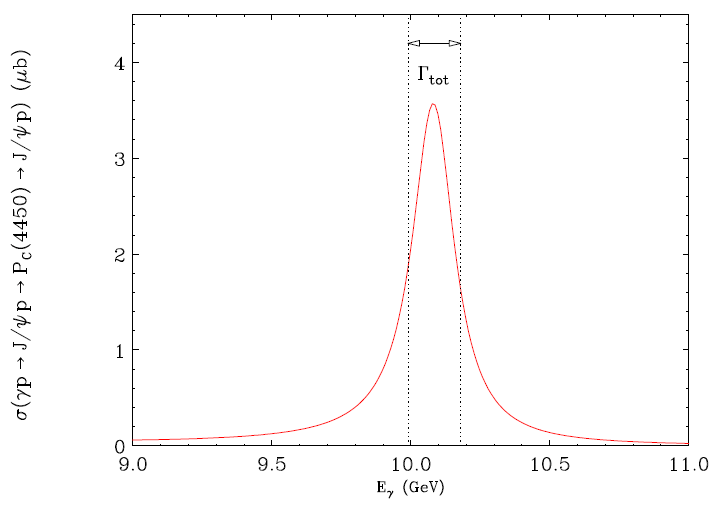Valence quarks are not different from the others -which are called "sea quarks"; but they do determine the quantum properties of the particle that contains them, like the electric charge. If we take for instance the proton, which is the simplest example of a baryon, we know it contains two "up" quarks and one "down" quark; the electric charge of each up quark is +2/3, the electric charge of the down quark is -1/3, and so the proton, being the sum of the three, has an electric charge of +1.
Another baryon you probably have heard about is the neutron: it is made of two "down" quarks and one "up" quark. The electric charge is thus 2x(-1/3)+2/3=0, justifying the "neutr-" suffix in its name: the neutron is electrically neutral.
All baryons and mesons we know can be described as different combinations of the known quarks (except the top, which is too heavy and decays too fast to bind into structures), but these combinations in the static quark model are exclusively triplets of quarks or quark-antiquark combinations. Anything else has been dubbed "exotic" a long time ago, and there is no evidence that there are structures with a different number of quarks in them.
Or, well, I should say there was no evidence of that. In fact, after half a century of searches, we have gotten the first serious indication that a hadron might be composed of something different than a triplet or a duo of quarks. Recently the LHCb collaboration at CERN announced finding evidence of a resonance decaying into a J/psi plus a proton. Such a particle reaction can be explained by hypothesizing that a five-quark object has produced the two final state particles. A pentaquark ! Newspapers and magazines have been busy announcing this discovery a few weeks ago; yet some theorists who have studied these structures for decades quickly pointed out that the reaction observed by LHCb could well be explained by loosely-bound "molecular" states, and that a true resonance was not beyond doubt.
Now the same theorists - Marek Karliner and Jonathan Rosner - explain in an article titled "Photoproduction of exotic baryon resonances" that it should be possible to produce and study the new particle in detail not only at the LHC, but in fact at a much smaller-energy machine called JLAB, at the Thomas Jefferson National Accelerator Facility.
 The reaction is called "photoproduction" and involves the collision of 10-GeV photons with protons at rest. Authors calculate that the rate of production of the new particle, with a decay into J/psi plus proton, can be large, depending on the unknown branching fraction (the probability) of the considered decay.
The reaction is called "photoproduction" and involves the collision of 10-GeV photons with protons at rest. Authors calculate that the rate of production of the new particle, with a decay into J/psi plus proton, can be large, depending on the unknown branching fraction (the probability) of the considered decay.On the right is shown the calculated cross section as a function of the incident photon energy: it of course is a "breit-wigner" (or Lorenzian) shape, characteristic of the resonant production. The Gamma parameter is the width assumed for the state.
With achievable beam conditions the total could be as large as 160000 x^2 per second, where x is this unknown factor. Of course, if x were 1 there would be no question of detecting the reaction, while if x were 0.1% then only a fraction of event per second would be expected.
As authors have predicted in previous works the existence of double-heavy baryons elsewhere, they also point out in their paper that those so far unseen new resonances could in principle also produced by photoproduction reactions similar to the one just discussed. In this case one would be looking for a 11 GeV particle, so the incident photon energy would need to be much higher - about 65 GeV. This kind of photon beams could be at reach of the HERA accelerator.



Comments